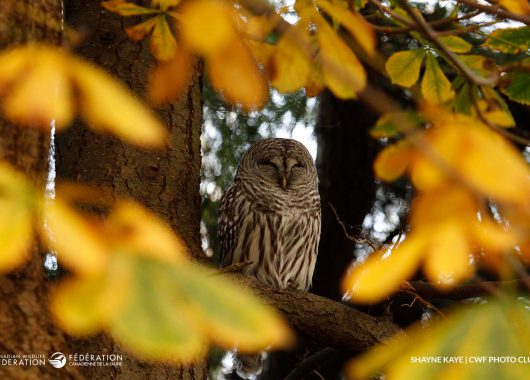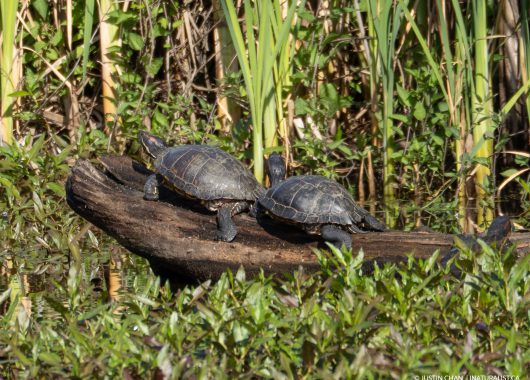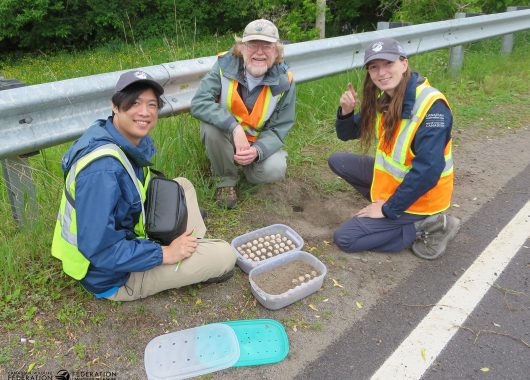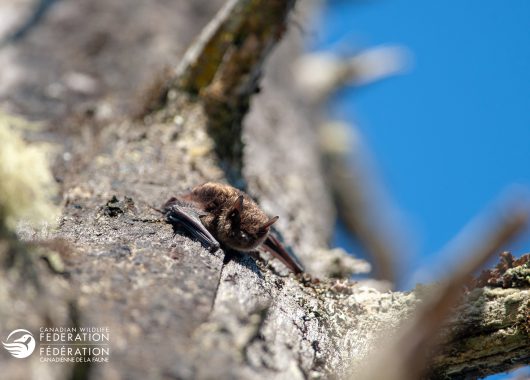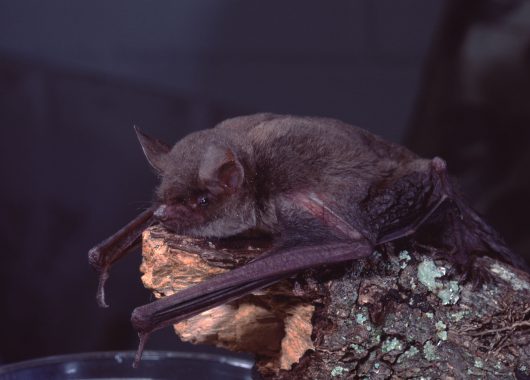362 posts
Biodiversity and Climate Change Projections
Global biodiversity is already in decline and new research suggests the situation could worsen dramatically unless urgent action is taken. A landmark study published in Science Daily reveals that while…
- Coasts & Oceans
- Connecting With Nature
- Education & Leadership
- Endangered Species & Biodiversity
- Forests & Fields
- Lakes & Rivers
OK Blue Jays!
Three Ways to Help the Jays If you live in an area inhabited by Blue Jays, chances are, you are already very aware of it. This striking bird’s large range…
Lost and Found: Using iNaturalist to connect with familiar and elusive species
By November, the leaves have changed colour and most migratory birds have made their way south. But even as the air cools, the natural world is buzzing online. Thousands of…
Falling for Salmon
The Canadian Wildlife Federation was honored to be invited to participate in the very first He Sqyéytn (Salmon) Festival this fall in the beautiful community of Shulus, British Columbia. The…
Celebrating 10 Years of iNaturalist Canada: A Decade of Tracking Species at Risk
A Decade of Discovery and Conservation iNaturalist Canada turns 10! Since 2015, this platform has brought together a community to document and share observations of biodiversity across the country and…
- Coasts & Oceans
- Connecting With Nature
- Education & Leadership
- Endangered Species & Biodiversity
- Forests & Fields
- Lakes & Rivers
Canadian Wildlife Conservation Report 2025
Results of Your Collaboration With Us This Year on Canadian Wildlife The Canadian Wildlife Federation spent this year collaborating with people around the world who care about wildlife. We spanned…
Up to Bat
Could Probiotics Slow the Spread of White-nose Syndrome in Western Canada? Alberta researchers are stepping up to the plate in the fight against a deadly fungus that has decimated populations…
- Coasts & Oceans
- Connecting With Nature
- Education & Leadership
- Endangered Species & Biodiversity
- Forests & Fields
- Lakes & Rivers
The Spooky Side of Wildlife
Let’s boo this! As Halloween approaches, we start thinking about haunted houses, creepy crawlies and spooky stories. But what if the real trick is that the so-called monsters of Halloween…
Nature-based Education in Fall: Nocturnal Wildlife
As the daytime get shorter and the nights grow longer, fall offers a perfect opportunity to explore the hidden world of nocturnal wildlife. Across all ages and classrooms, nature-based learning…
How to Help Bats
A single bat can eat approximately 1,000 insects each night, depending up on the bat species and their size. In doing so, they help keep insect species in check, serving…



